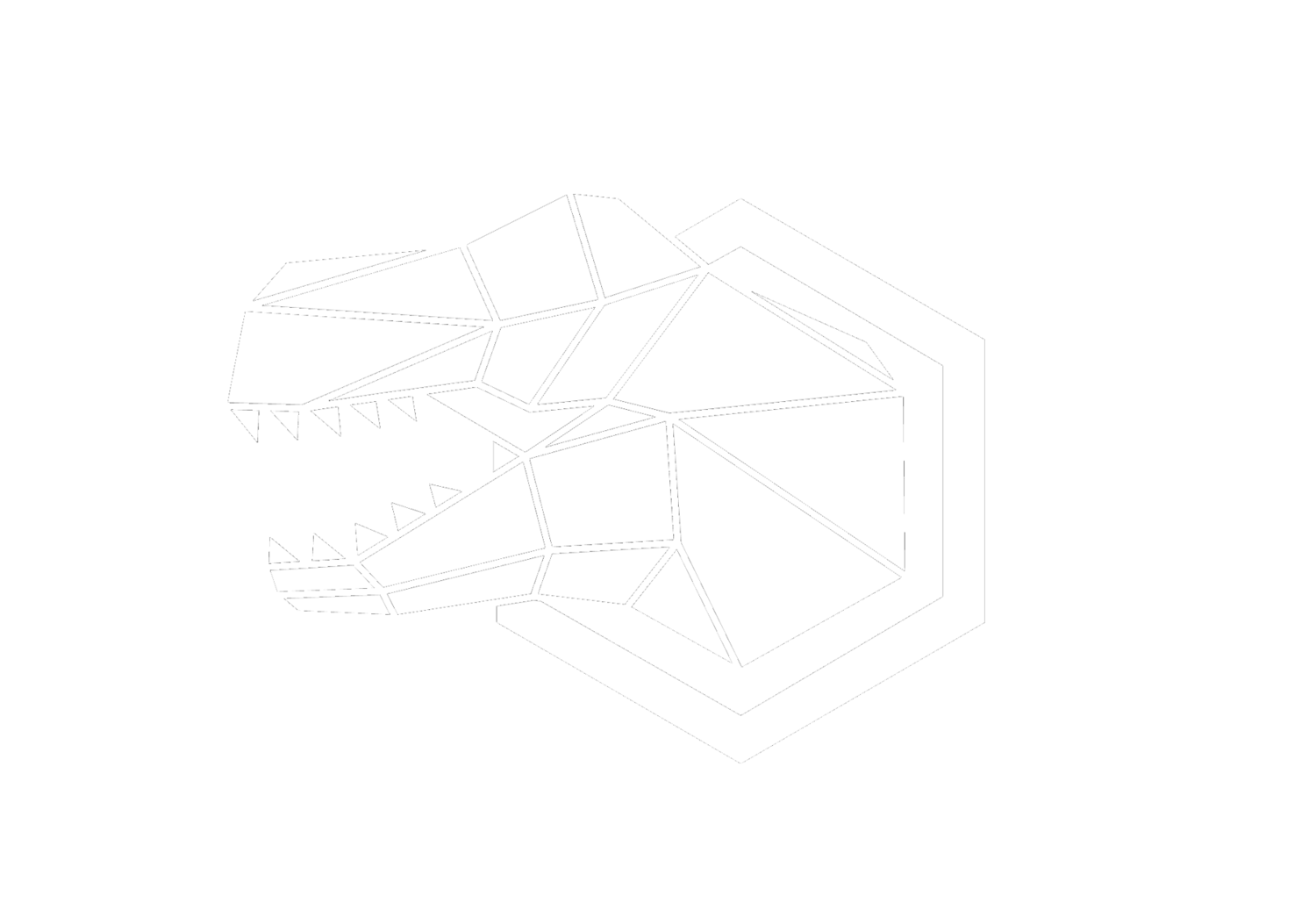AI & Blockchain — Jura
AI is a very hot topic right now. Almost, every company has accepted that investing in AI is the only way forward if it wants to maintain a competitive advantage.
Before moving forward, let’s settle on a single definition of AI for the sake of uniformity. AI is an umbrella term for all processes that allow machines to act more independently and efficiently without human input. The AI-based algorithms take in a large amount of data, identify intricate patterns and apply the learning in various business applications like speech recognition, self-driving cars, and security. These algorithms work just like a human brain: with more information, these algorithms get smarter and better. Their overall error decreases and their prediction accuracy increases.
Jura is applying AI in its security layer. There are two major applications of AI in Jura.
1. Transaction Filtering
To protect Jura’s platform from fraudulent transactions, AI-based models will intake the transaction data and look at multiple variables like timestamp, balance, etc to identify patterns and predict a probability of whether or not the transaction is fraudulent. If the transaction is considered to be fraudulent, the sender’s account is soft-locked until the transaction details are justified. If the justification is confirmed, the soft-lock is released otherwise the account is hard-blocked and investigated.
2. Malicious Node Detection
The AI algorithms will also be collecting the system-wide node-level behavior data. This data will be thoroughly recorded and studied to identify any outliers or suspicious nodes. The idea is to prevent any malicious activity before it happens.
To achieve these two applications, we’ve divided the AI framework into three modules.
1. Online Logging Module
In this module, we will select features of transaction behaviors ( processed by each full node, and the full node behavior) and log them in each full node to collect training data. In the beginning, we will input fake transaction behavior and malicious nodes with labels. In the future, however, we will input human-reviewed data for training purposes.
2. Offline Training Module
We will gather data from each node, doing preprocessing and training models. With more incoming data, we will be updating our models to improve their forecasting accuracy and efficiency.
3. Online Serving Module
We will deploy and serve our models on two separate instances in the monitor layer. The first model, located in each full node, will detect abnormal transactions and the second model, location in the groups of monitors, will detect malicious nodes.
In short, Jura is taking the blockchain security to the next level by integrating AI and by identifying insights that current blockchain companies are unable to do. Jura’s platform provides a much safer ecosystem for users to transfer their funds without worrying about any security hacks. It’s a robust platform to host large-scale development projects.
If you enjoyed the article, don’t forget to clap and share it on social media! If you have any questions at all about the Jura Protocol, feel free to reach out to any of us! We’re always happy to hear from the community.





